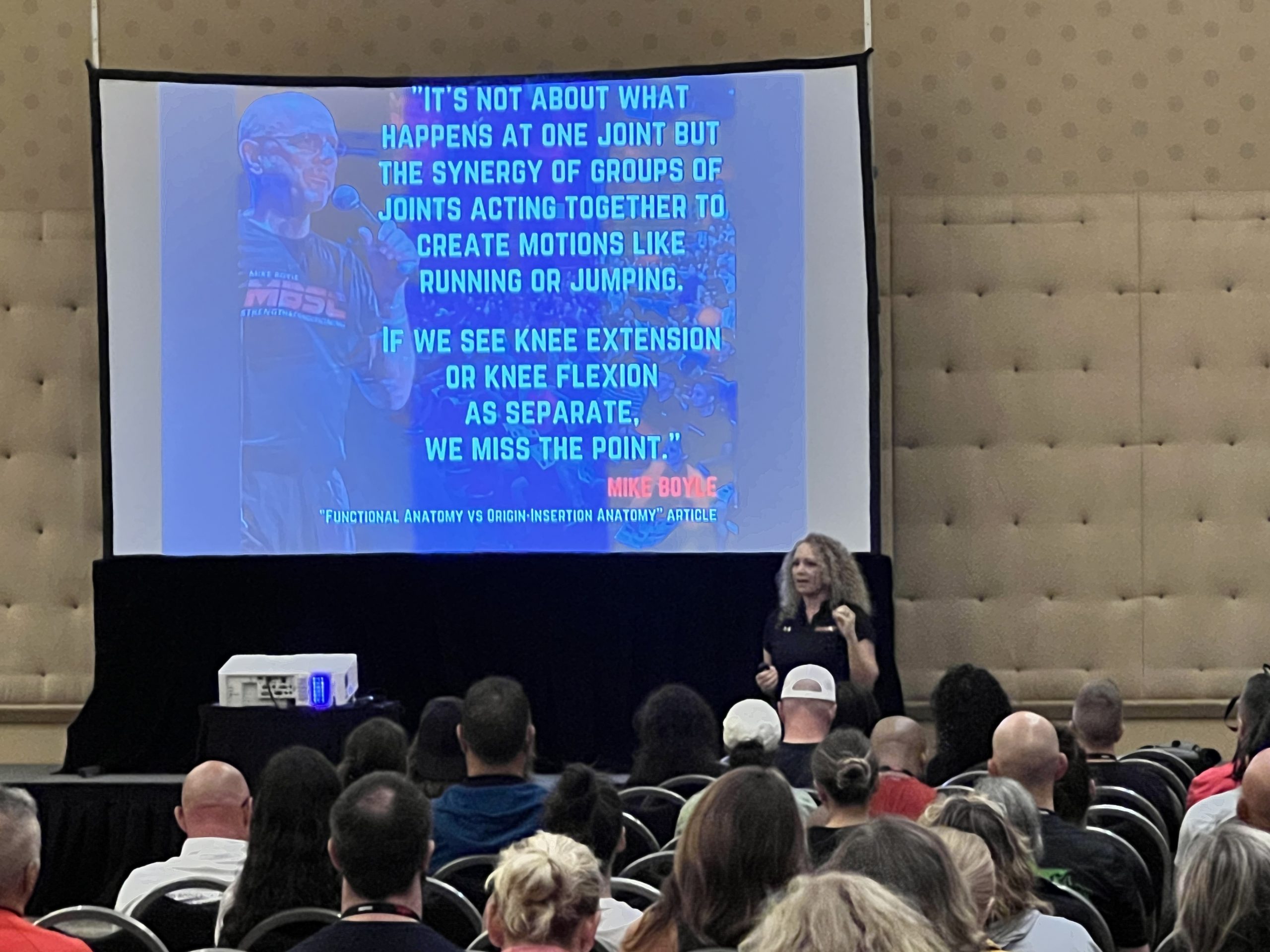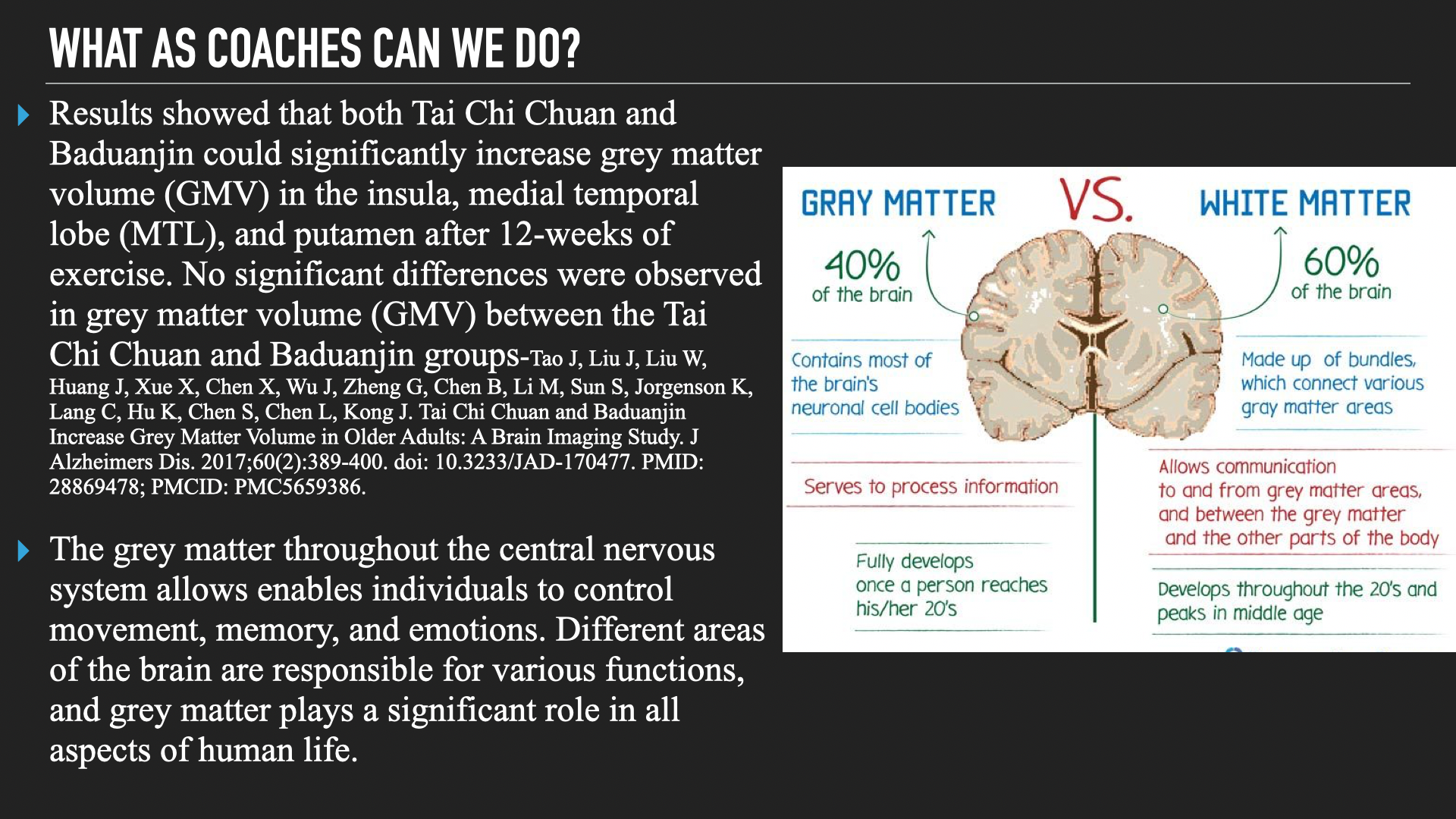Fitness Misses THIS BIG Knee Pain Solution
2024-09-3
Jessica Bento, Physical Therapist (Creator DVRT Restoration Certification, DVRT Rx Shoulder, Knees, Pelvic Control, & Gait Courses)

I get it, if you experience pain in any part of your body you JUST want it to go away. That is why people are so ready to believe what social media tells them that issues like knee pain are due to just one or two things. If you ONLY did THIS or THAT exercise, mobility drill, or soft-tissue treatment your issues would go away. However, after being a physical therapist for over 20 years, I can tell you that it is NEVER about one thing. Unfortunately, it seems unfair that knee pain can happen so quickly but take so much more effort to help make better.
That is why I want to highlight a powerful yet commonly overlooked knee pain solutions that fitness and even physical therapists miss as powerful. This may seem odd, but as always, I am going to provide you plenty of research on how it works!
Mind-Body Training
It pains me a little, but Josh actually taught me about how these mind-body practices can help not only issues like chronic back pain, but shoulder and knee pain as well. That is because, as hard as it is for many people to hear, chronic pain of any sort tends to be related to changes in our nervous system, not the structure of our body. This is something that I was sadly and I still don’t think is taught in physical therapy school. Chronic pain of any type changes the brain and can keep sensations of real pain coming in even though there is nothing structurally wrong with the body. Research shows…
“The development of chronic pain is associated with synaptic plasticity and changes in the CNS and various neural areas that modulate pain. Chronic pain entails structural and functional changes in corticolimbic brain regions such as the prefrontal cortex, ACC, amygdala, hippocampus, NAc, and PAC.” (1)
Let me emphasize, people are NOT making up their pain or crazy! These are changes to how our brain creates pain sensations from information that normally wouldn’t impact it. This is known as central sensitization syndrome (CSS), “Central sensitization is triggered by increased nociceptive input caused by injury or inflammation and is an outcome of physiological plasticity and long-lasting changes in the CNS . Increases in primary afferent fiber responses, as well as increased spontaneous activity and excitability of dorsal horn neurons and receptive field areas, are associated with central sensitization (1).”
That is why mind-body practices can be so effective, they have actually been shown to reduce inflammation as well as make more positive changes to the brain that result in less experiences of pain.

Probably what made my mouth drop was the research showing that such practices can be MORE beneficial than physical therapy for one of the most common any challenging types of knee pain, osteoarthritis (2). This was especially true when it came to qualities like depression and quality of life which I can tell you that anyone that has experienced chronic knee pain can really appreciate.
These improvements aren’t magical or just through changes in the brain. Research has also shown such practices improve knee extensor strength, balance, and proprioception (3). Just like anything though the key is to start slow, understand the techniques, as if you experience pain it most likely is due to incorrect technique of some sort (4).
First step is just understanding some of the foundational stances we use in our Myofascial Integrated Movement system as Josh explains below…
Then we want to make sure that we understand how to position our body and how we are moving through space correctly so we don’t create knee pain by doing the wrong technique.
If you feel kinda awkward at first, don’t worry! Josh and I have taught these types of strategies to a lot of fitness pros, therapists, and strength coaches and it took them a moment to get these exercises as well. We aren’t use to “sinking” into our feet, “softening” our bodies, paying attention to our breath, and being in positions we aren’t familiar with. Below, you can see some great coaching that Josh offered professionals at the recent Providence Perform Better conference.
If people are really struggling because they don’t understand how to use their feet and stabilize to help their knee pain, we can start with foundational exercises like those below…
And you can see the progressions of exercise you can use from the series I show below. We can start very foundational with our Mobility Ball drill learning to shift weight and stabilize with breath, then use our Ultimate Sandbag to help our core stability and balance as we perform some stepping out and returning drills, and finally going into our Mobility Ball kick out hip circle to superman deadlift we get the full spectrum of the qualities that help with mind-body practices as well as the strength and stability physical elements that reinforce the knee.
These movements take time and are great to put into some of your warm-ups, they can be done on recovery days, or when you want to practice some movement but not do a whole workout. Be mindful, patient, and intentional and you will see the benefits!
You can learn more with our Myofascial Integrated Movement & Bags, Bells, Balls, & Bands programs and save or take a deeper dive into the instructional side, you can check out our Science Of Breath and our Foot & Knee Masterclass and save 30% with the same code “labor30”. Find all programs HERE. Don’t also miss the power of our Mobility Balls HERE
References:
- Yang S, Chang MC. Chronic Pain: Structural and Functional Changes in Brain Structures and Associated Negative Affective States. Int J Mol Sci. 2019 Jun 26;20(13):3130. doi: 10.3390/ijms20133130. PMID: 31248061; PMCID: PMC6650904.
- Wang C, Schmid CH, Iversen MD, Harvey WF, Fielding RA, Driban JB, Price LL, Wong JB, Reid KF, Rones R, McAlindon T. Comparative Effectiveness of Tai Chi Versus Physical Therapy for Knee Osteoarthritis: A Randomized Trial. Ann Intern Med. 2016 Jul 19;165(2):77-86. doi: 10.7326/M15-2143. Epub 2016 May 17. PMID: 27183035; PMCID: PMC4960454.
- Xing H, Su X, Liu Y, Chen Y, Ju Y, Kang Z, Sun W, Yao F, Yao L, Gong L. Prediction of knee joint pain in Tai Chi practitioners: a cross-sectional machine learning approach. BMJ Open. 2023 Aug 1;13(8):e067036. doi: 10.1136/bmjopen-2022-067036. PMID: 37527889; PMCID: PMC10394559.
- Wang JS, Meng H, Meng FL, et al.. n.d. Investigation of Tai Chi practice and knee joint health – taking some overseas Tai Chi practitioners as an example. Sport;2018:147–8
© 2026 Ultimate Sandbag Training. Site by Jennifer Web Design.







